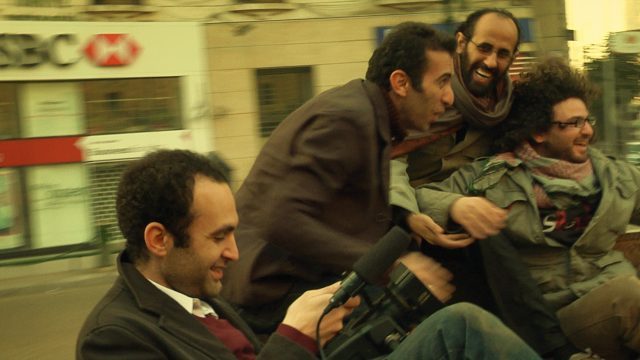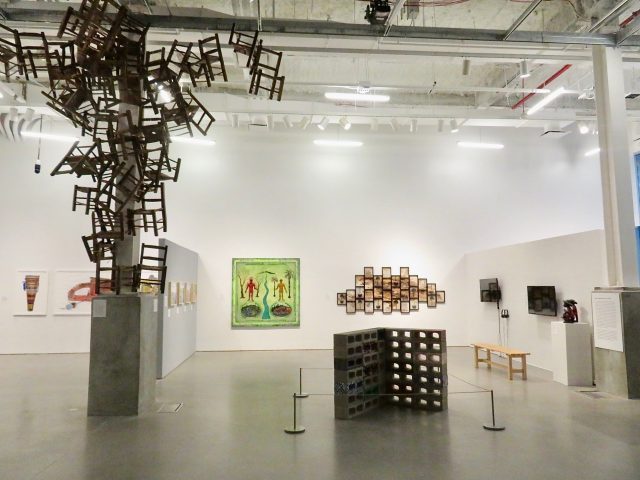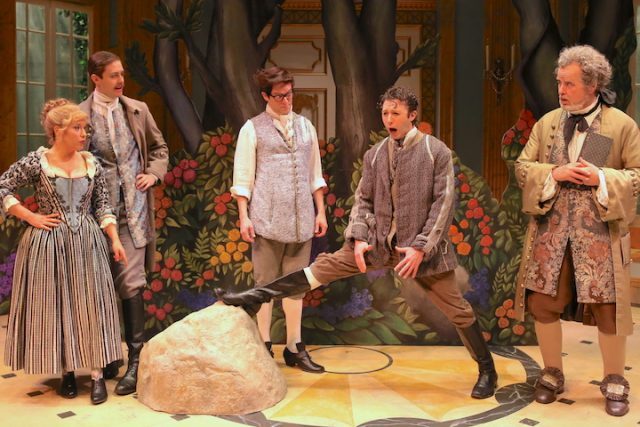
David Ives’s The Metromaniacs is a nonstop laugh fest (photo by Carol Rosegg)
Red Bull Theater
The Duke on 42nd St.
229 West 42nd St. between Seventh & Eighth Aves.
Tuesday – Sunday through May 26, $75-$95 ($45 with code MANIAC3)
www.redbulltheater.com
dukeon42.org
It’s easy to go crazy for The Metromaniacs, David Ives’s gleeful romp set during the poetry craze in 1738 France. Ives’s third collaboration with director Michael Kahn, in which they present long-lost French comedies (following Corneille’s The Liar in 2010 and Regnard’s The Heir Apparent in 2011), The Metromaniacs is a “transladaptation” of Alexis Piron’s scandalous 1738 La Métromanie (“The Poetry Craze”), based on a real-life incident in which Voltaire declared his love for a French poetess who turned out to be a man using a woman’s name in order to get published. (Although La Métromanie was performed at the Comédie Française, Piron never got into the Académie Française because he had also written “Ode to the Penis.”) The two-act, 105-minute Red Bull production, which opened Sunday night at the Duke on 42nd St., is entirely in delectable rhyming verse, and Ives never misses a chance for a devilishly clever quatrain or couplet. The story takes place in the elegant home of Francalou (Adam LeFevre), a wealthy wannabe poet whose work is looked down upon. To send up the establishment, he has been publishing ridiculous pastorals under the female pseudonym Meriadec de Peaudoncqville. Francalou is throwing a small party for his virginal daughter, Lucille (Amelia Pedlow), who is returning home from university; the shindig will include a play written for the occasion by Francalou, called The Metromaniacs, set in the parlor, which has been turned into a silly sylvan forest with fake trees and rocks. (The fab set is by James Noone.) Francalou has cast the saucy maid, Lisette (Dina Thomas), as his daughter. “Of course, I only wrote it for a laugh. / But here and there’s a joke, a paragraph, / A rhyme or two I might not call un-juicy. / What a choice welcome-home gift for my Lucy!” he declares. The guests at the party are Damis (Christian Conn), a young poet, using the pseudonym Cosmo de Cosmos, who is determined to meet and wed Meriadec de Peaudoncqville; Mondor (Adam Green), Damis’s valet, who has the hots for Lisette, thinking she is Lucille; Dorante (Noah Averbach-Katz), a dullard who is seeking Lucille’s hand but knows that will be difficult, given that his father is immersed in a legal battle with Francalou; and Baliveau (Peter Kybart), Damis’s uncle and a judge who wrongly believes that his nephew is away at law school, which he is paying for. Over the course of one wild night, lust, love, literature, and the law are thoroughly mocked through cases of mistaken identity and purposeful deception that grow more hysterical by the minute.
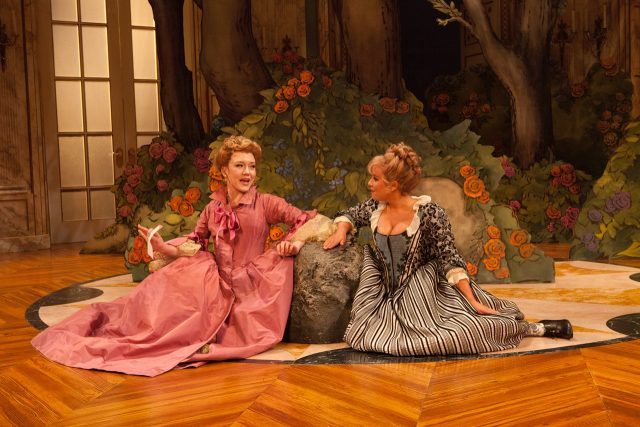
Lucille (Amelia Pedlow) and Lisette (Dina Thomas) discuss love and literature in The Metromaniacs (photo by Carol Rosegg)
The Metromaniacs is chock-full of bawdy humor, physical slapstick, playful anachronisms, asides to the audience, splendid costumes by Murell Horton, awesome wigs by Dori Beau Seigneur, inside jokes, and spectacular rhyming verse. Early on, Lisette says of Lucille, “I’d be amazed if she were ever wived, / Locked in her room reading since she arrived. / See, she’s a metromaniac. That’s her curse.” Dorante asks, “Crazy for subways?” Lisette responds, “No, crazy for verse. / An inflammation of the mental bursa. / Where verse becomes your vice — and vice-a-versa.” Occasionally a character will pause ever so slightly, giving the audience the opportunity to guess what rhyme might be next, something that gets a little harder with such words as “dramaturgy,” “chartreuse,” “Brittany,” “distich,” and, over and over, “incognito.” The seven-person cast might be having even more fun than the audience. At one point the night I saw it, a prop misfired, and Conn and Averbach-Katz couldn’t control themselves, trying their best to hold back laughter as they quickly ad-libbed and the audience erupted. Perdlow is establishing herself as one of the leading period comedians in New York, having previously cracked wise in Red Bull’s ’Tis Pity She’s a Whore and Kate Hamill’s Pride and Prejudice. Thomas (Tribes, Clever Little Lies) is a hoot as Lucille, Lefevre (Awake and Sing, The Diary of Anne Frank) is goofily charming as Francalou, Conn (The School for Scandal, Venus in Fur) is cool and confident as Damis, and Green (The Witch of Edmonton) lends just the right amount of manly slime to Mondor. Tony nominee Kahn (Show Boat, Cat on a Hot Tin Roof) refuses to allow a dull moment in this nonstop laugh fest, which also can be rather self-referential. Here’s a gem from Damis about Francalou, but it could just as well be about Tony winner Ives (Venus in Fur, All in the Timing): “Oh, he’s a lovely man, don’t get me wrong. / Generous and open, sunshine all day long. / But then in middle age he gets this itch / And now he writes the most appalling kitsch. Oh, sure, he’ll say he wrote it ‘for a laugh’ — / Then make you sit through every lumbering gaffe. / Tonight we’re putting on his so-called ‘play’ . . . ? / But wait. I see him coming. Run away!” Of course, don’t run away; run to the Duke to catch this high-falutin’ comic extravaganza, which continues through May 26.
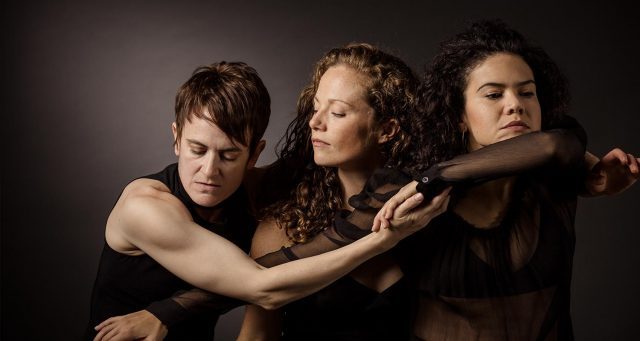
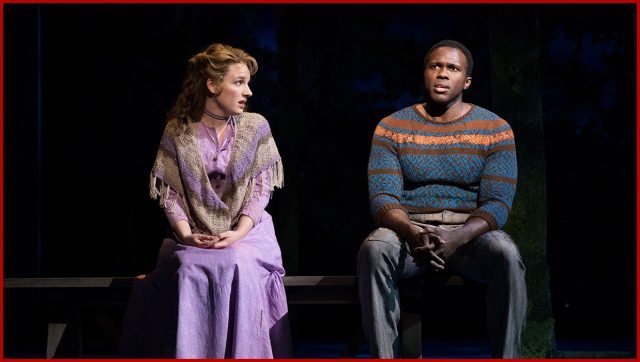
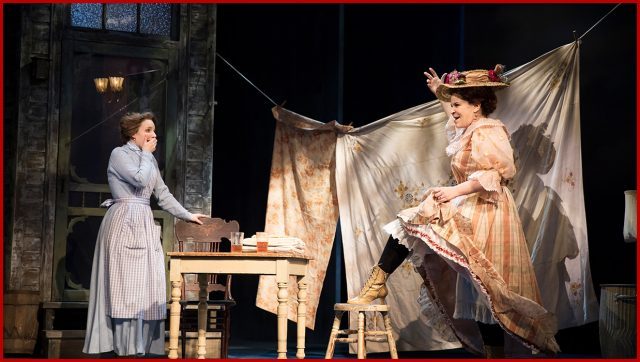
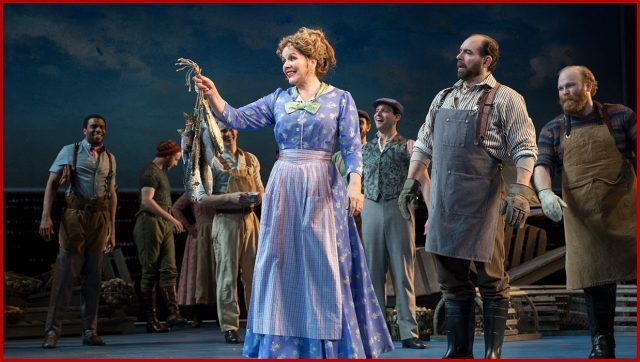

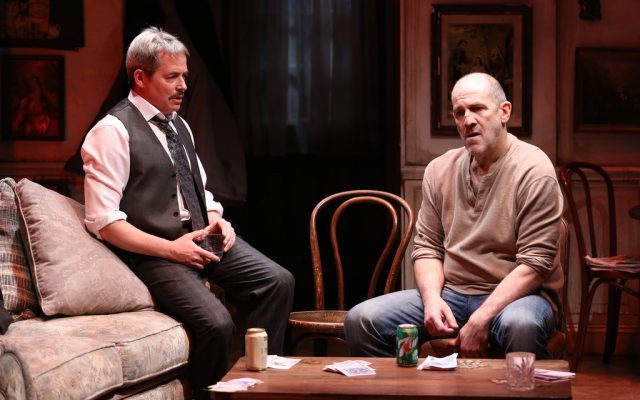

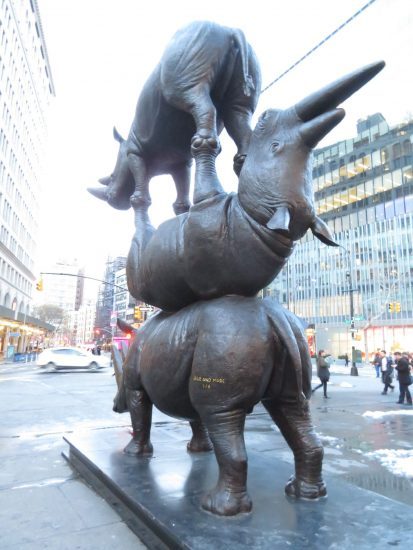
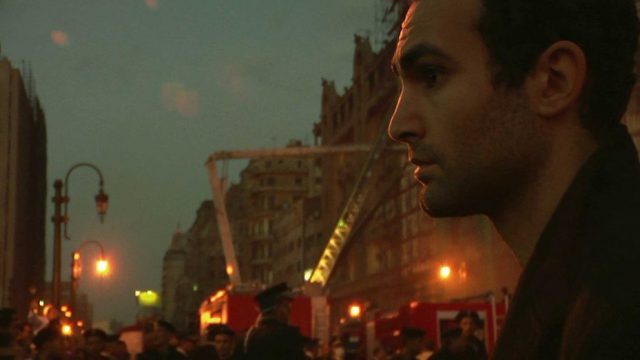
 Tamer El Said’s extraordinary debut feature, In the Last Days of the City, is an elegiac love letter to his deeply troubled hometown, Cairo, as well as a treatise on the responsibilities filmmakers have to their art and to society as a whole. Almost ten years in the making, the film was shot between 2008 and 2010, finishing shortly before the Arab Spring uprising in January 2011 in Tahrir Square, and was not completed and screened until 2016, when it started winning prizes at festivals around the world. It finally receives its New York theatrical release at the Museum of the Modern Art, running April 27 through May 3, where El Said will take part in a postscreening conversation on opening night at 7:00; in addition, on April 30 at 7:00, MoMA’s “Modern Mondays” series will present
Tamer El Said’s extraordinary debut feature, In the Last Days of the City, is an elegiac love letter to his deeply troubled hometown, Cairo, as well as a treatise on the responsibilities filmmakers have to their art and to society as a whole. Almost ten years in the making, the film was shot between 2008 and 2010, finishing shortly before the Arab Spring uprising in January 2011 in Tahrir Square, and was not completed and screened until 2016, when it started winning prizes at festivals around the world. It finally receives its New York theatrical release at the Museum of the Modern Art, running April 27 through May 3, where El Said will take part in a postscreening conversation on opening night at 7:00; in addition, on April 30 at 7:00, MoMA’s “Modern Mondays” series will present 